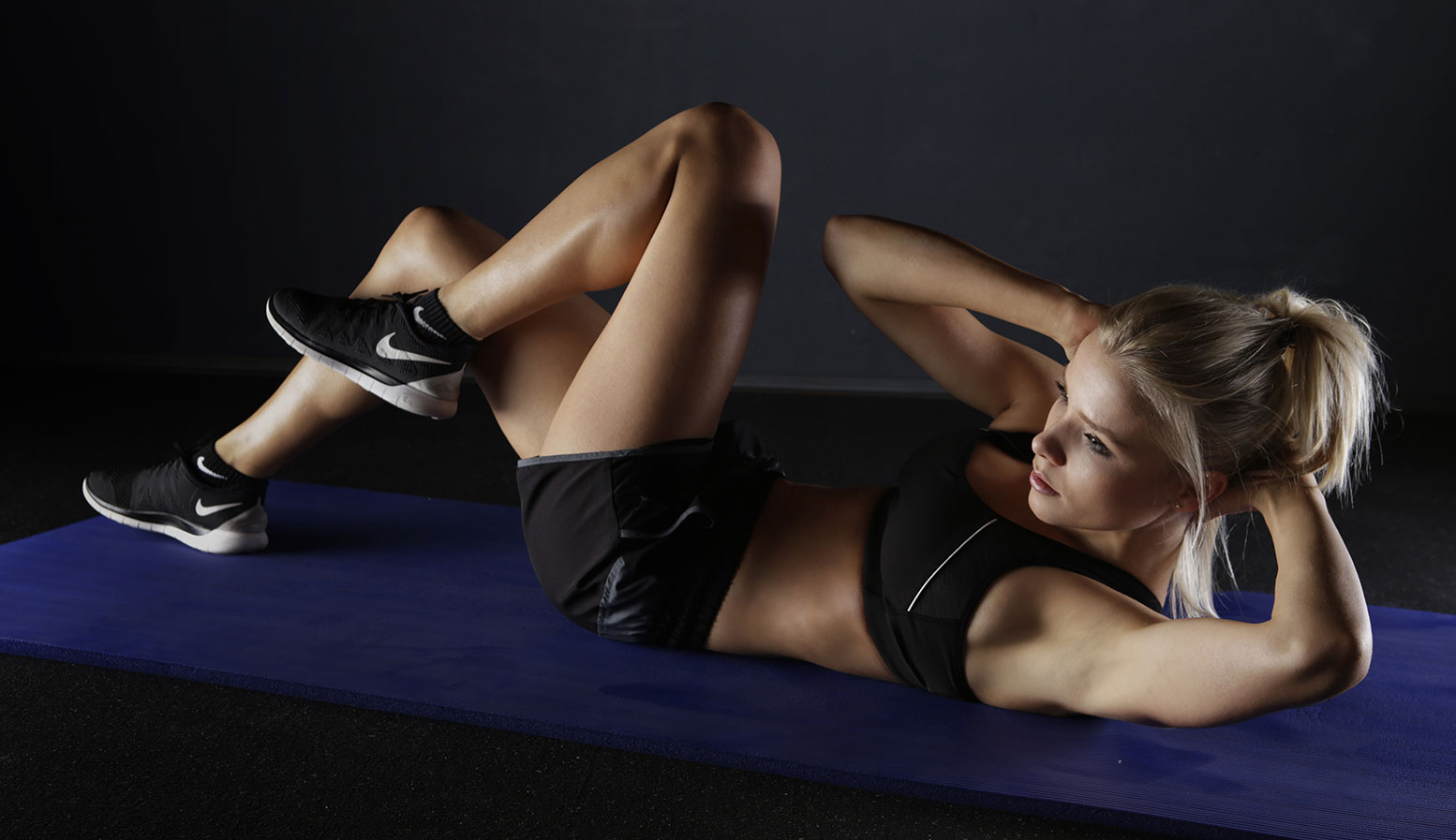W Workout Routines
Circuit Training: Transform Your Fitness with Varied Workouts
By
Beauty Doctor MD October 5, 2023

Circuit training is a dynamic and efficient workout method that combines strength and cardiovascular exercises in a structured sequence. This versatile approach to fitness offers numerous benefits, making it popular among individuals with diverse fitness goals. In this comprehensive guide, we will explore what circuit training is, its advantages, different types of circuits, and how to create and perform effective circuit workouts.

What is Circuit Training?
Circuit training is a workout strategy that involves performing a series of exercises in succession, known as “stations,” with little to no rest in between. Each station targets a different muscle group or fitness component, such as strength, endurance, or agility. After completing one station, you move immediately to the next, repeating the circuit for a predetermined number of rounds or a set time.
Advantages of Circuit Training
Circuit training offers several advantages that make it a popular choice for fitness enthusiasts:
- Time Efficiency: Circuit workouts can be completed in a relatively short amount of time, making them ideal for individuals with busy schedules.
- Full-Body Workout: Circuit training engages multiple muscle groups, providing a comprehensive full-body workout in one session.
- Versatility: Circuit training can be customized to suit different fitness levels and goals, whether you’re looking to build strength, improve cardiovascular fitness, or enhance endurance.
- Increased Caloric Burn: The combination of strength and cardiovascular exercises in a circuit boosts calorie expenditure, making it effective for weight management and fat loss.
- Variety: Circuit workouts can be adapted to incorporate various exercises, preventing workout monotony and challenging your body in different ways.
- Minimal Equipment: Many circuit workouts require minimal or no equipment, making them accessible for home workouts or in gyms with limited resources.
- Enhanced Endurance Circuit training improves cardiovascular endurance, helping you perform better in activities that require sustained effort.
- Flexibility Circuit training can be tailored to fit specific goals, such as muscle building, fat loss, or sports performance.
Different Types of Circuit Training
Circuit training comes in various forms, each designed to emphasize specific fitness components:
- Traditional Circuit Training: In a traditional circuit, you move through a series of exercise stations, performing a predetermined number of repetitions or time at each station. You can focus on strength, endurance, or a combination of both.
- Cardio Circuit Training Cardio circuit training emphasizes cardiovascular fitness. Stations typically involve high-intensity aerobic exercises like jumping jacks, burpees, or running in place.
- Strength Circuit Training Strength circuit training aims to build muscle and strength. Stations include resistance exercises such as squats, push-ups, and dumbbell curls.
- CrossFit CrossFit workouts are a form of circuit training that blends various exercises, often with a competitive element. They focus on functional movements and high intensity.
Creating an Effective Circuit Workout
To design a circuit workout tailored to your goals, follow these steps:
- Define Your Objectives: Determine whether your primary goal is building strength, improving endurance, enhancing cardiovascular fitness, or a combination of these.
- Select Exercises: Choose exercises that align with your objectives. For strength, consider squats, deadlifts, and bench presses. For cardio, opt for jumping jacks, mountain climbers, or sprints.
- Determine Work and Rest Times: Decide how long you’ll perform each exercise (e.g., 30 seconds) and how long you’ll rest between exercises (e.g., 15 seconds).
- Organize the Circuit: Arrange the exercises in a sequence, ensuring that each station targets a different muscle group or fitness component. Start with a warm-up exercise and end with a cool-down stretch.
- Set Repetitions or Time: Determine the number of repetitions or time for each exercise. For example, you might perform 10 push-ups or do jumping jacks for 30 seconds.
- Establish the Number of Rounds: Decide how many rounds of the circuit you’ll complete. Beginners may start with 2-3 rounds, while advanced individuals can aim for 4-5 rounds.
- Test Your Circuit: Perform the circuit yourself to ensure it flows smoothly and meets your objectives. Make adjustments as needed.
Sample Circuit Workouts
Here are two sample circuit workouts: one focused on strength and the other on cardio.
Strength Circuit Workout (3 Rounds)
- Warm-Up (5 minutes):
- Jumping jacks: 1 minute
- Arm circles: 1 minute
- Leg swings: 1 minute
- Bodyweight squats: 1 minute
- Rest: 1 minute
- Strength Circuit:
- Push-Ups: 10 reps
- Dumbbell Lunges (each leg): 12 reps
- Bent-Over Rows: 10 reps
- Planks: Hold for 30 seconds
- Dumbbell Bicep Curls: 12 reps
- Perform each exercise consecutively with 15-20 seconds of rest between exercises. Rest for 1 minute at the end of each round.
- Cool-Down (5 minutes):
- Stretch major muscle groups for 20-30 seconds each.
Cardio Circuit Workout (3 Rounds)

- Warm-Up (5 minutes):
- Jump rope: 2 minutes/li>
- Arm circles: 1 minute
- Rest: 1 minute
- Cardio Circuit:
- Jumping Jacks: 30 seconds
- Burpees: 30 seconds
- Mountain Climbers: 30 seconds
- Box Jumps (use a sturdy bench or box): 30 seconds
- Rest: 15 seconds
- Perform each exercise consecutively with 15 seconds of rest between exercises. Rest for 1 minute at the end of each round.
- Cool-Down (5 minutes):
- Stretch major muscle groups for 20-30 seconds each.
Conclusion
Circuit training is a versatile and effective approach to fitness that caters to a wide range of goals and fitness levels. Whether you’re looking to build strength, improve cardiovascular fitness, or achieve a balanced full-body workout, circuit training can be tailored to suit your needs. By understanding the principles of circuit training, selecting appropriate exercises, and customizing your workout, you can embark on a fitness journey that challenges your body, enhances your well-being, and keeps your workouts engaging and efficient. So, don’t wait—start creating your circuit workouts and experience the transformative power of this dynamic training method.


